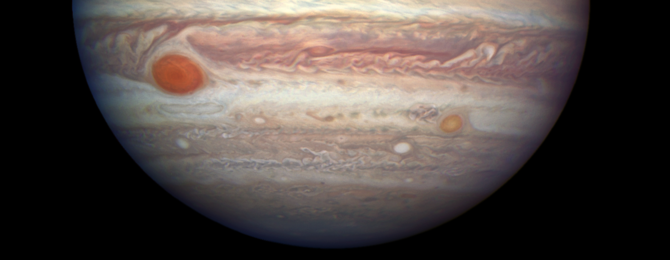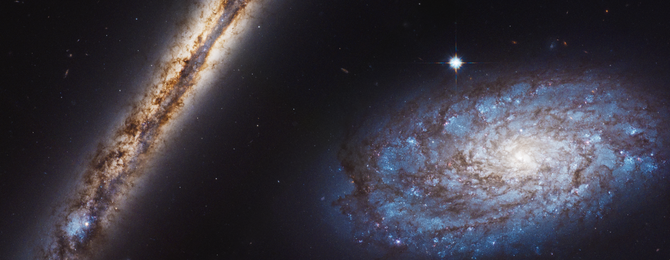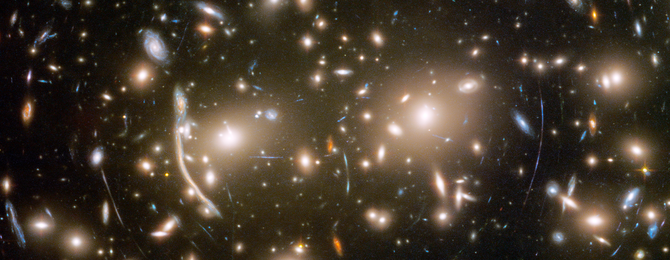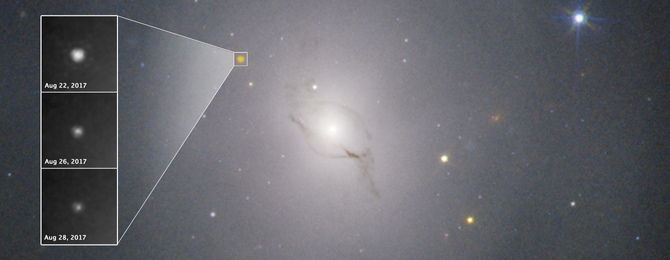Robby
Helper Bot
NASA Telescopes Find Clues for How Giant Black Holes Formed So Quickly

Using data from three of NASA's Great Observatories (the Hubble Space Telescope, Chandra X-ray Observatory, and Spitzer Space Telescope), scientists have found the best evidence to date that supermassive black holes in the early universe were produced by the direct collapse of a gas cloud. If confirmed, this result could lead to new insight into how black holes were formed and grew billions of years ago. This artist's illustration depicts a possible "seed" for the formation of a supermassive black hole. The inset boxes contain Chandra (top) and Hubble (bottom) images of one of two candidate seeds, where the properties in the data matched those predicted by sophisticated models produced by researchers of the direct-collapse mechanism.
(More at HubbleSite.com)

Using data from three of NASA's Great Observatories (the Hubble Space Telescope, Chandra X-ray Observatory, and Spitzer Space Telescope), scientists have found the best evidence to date that supermassive black holes in the early universe were produced by the direct collapse of a gas cloud. If confirmed, this result could lead to new insight into how black holes were formed and grew billions of years ago. This artist's illustration depicts a possible "seed" for the formation of a supermassive black hole. The inset boxes contain Chandra (top) and Hubble (bottom) images of one of two candidate seeds, where the properties in the data matched those predicted by sophisticated models produced by researchers of the direct-collapse mechanism.
(More at HubbleSite.com)



















